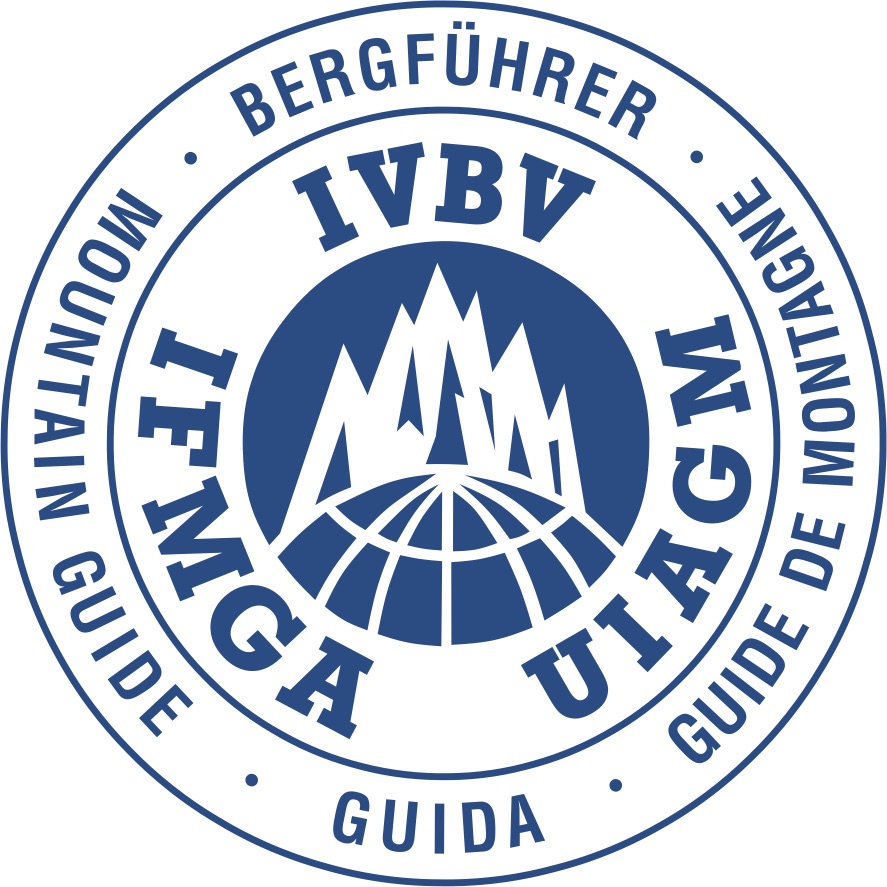I’ve gotten some questions about this from a number of people. I might go so far as to say it’s a troubling trend. You should really not think about it as ski “cutting” while on belay. You can sidestep, jump, stomp and observe on belay. But you cannot ‘cut’. The anchoring and belay systems we use while skiing are not meant to handle the load created by pulling a skier mid cut with momentum out of a slab they got caught in. We should not ever be using ski cutting and belay in the same sentence. It would be more appropriately called observing while on belay, or jump stomping on belay.
Once that observation is complete and I’ve gotten a good feel for what kind of problem we might be dealing with I might choose to do some stopping and jumping to attempt to trigger it. But it is essential I trigger the problem below me and don’t get caught with snow volume above me. Most anchor systems in skiing are not strong enough to drag someone up and out of a slab they are riding in. To attempt to trigger I want to give some hard hits and work progressively down, then around, until I have cleared enough of the start zone I don’t think a subsequent rider could get anything to go later. It’s essential not to have snow volume release above you.
If I am entering a slope with a hard enough slab that I don’t have confidence I can trigger it below me I would not be ready to accept the risk around that kind of problem and likely avoid the terrain if it poses any serious consequence. The kind of problem I am going to use “the belayed ski jump stomp” for, is a thinner softer problem without potential for much bridging. The result I’m looking for is the slab breaking at my skis and me falling the 8-12 inches through the fracture onto the bed surface. The rope is there to reassure me I will be able to arrest on what is potentially a steep icy bed over a lot of exposure.
If you’re going to ski cut, take the rope off and just ski cut. I can’t have a rope interfering with my ability to ski fast and smoothly if I do indeed choose to do a ski cut. I risk having the rope interfere with my skiing and cause me to get caught and then rely on a belay system not meant to handle the load of a 200 lbs skier with a lot of momentum on a fancy static ski rope.
By its nature ski cutting is a techniques you use to escape after triggering, while belaying is to prevent being caught. These techniques do not mix well. Imagine a skier attempting to ride to safety only to be yanked off their feet an into to the avalanche by the belayer who seeing a fracture appear… uses the belay.
I’m not sure where this idea of a ‘belayed ski cut’ has exactly come from, or why it is misapplied. Perhaps it could be an issue of word choice and definitions, where any act of triggering an avalanche is referred to as a ski cut. But I have heard from several people who were shown by guides to do a ski fast escape the slab ski cut with a rope on.
I think it could have something to do with the dramatic increase in number of ski mountaineering courses being offered these days, that are not always staffed by particularly experienced guides. In the united states guide the training and culture is not always conducive to providing experienced guides and instructors–where young ski guides with only a handful of years of experience are learning techniques from guide courses without the experience necessary to apply them in the right contexts. A lot of time these young guides–who many have only taken one or two professional courses–end up teaching a lot of programs for recreational skiers and not always applying the techniques correctly.
Now there is a more guiding specific technique that could become confused with the belayed ski cut. When one skier has a far higher movement skill and comfort in exposed terrain, they may opt to belay the less confident skier for a few turns to give them a chance to get the feel of the snow under their edges. In this case the skier will be making some short controlled turns and riding with short periods of momentum, however, this is a situation where we are managing a sliding fall hazard NOT an avalanche hazard. This is a key distinction in the hazards we are mitigating using the rope.
In the case of a sliding fall we have a period of time to gently decelerate the sliding skier and allow them to arrest and will not have to fight to pull them out of an accelerating slab. Perhaps many folks confuse the belayed ski technique for managing sliding falls with the belay strategy for managing avalanche danger. This is super important, do not think you are safe simply because you have a rope on, the rope has to be used thoughtfully.
Know Your Guide:
Always remember to be critical who you get your mountain education from. There are a lot of uncertified guides with limited experience in the industry. There is no regulation of the mountain guiding industry in the United States, at all. At minimum seek out a AMGA certified ski guide or a IFMGA licensed mountain guide for your backcountry education.
